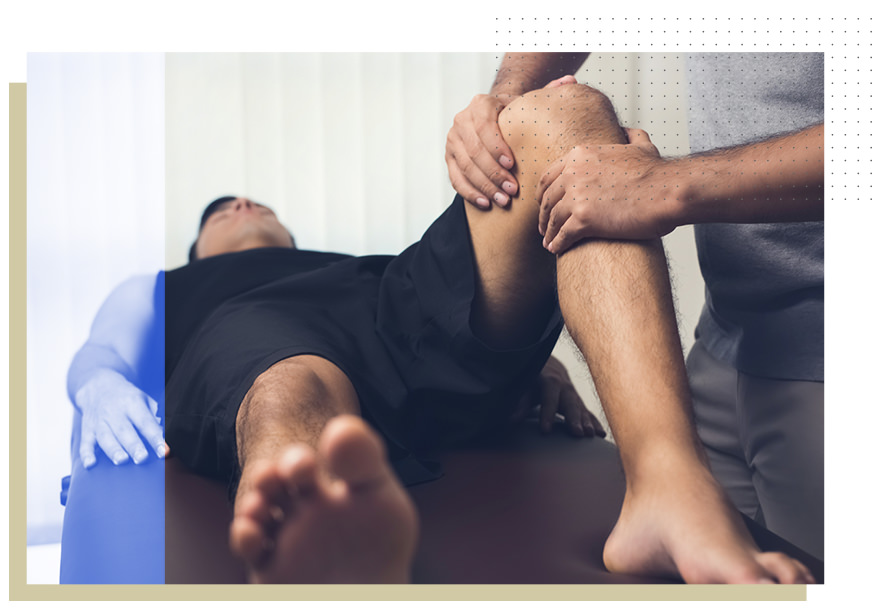Physical Therapy
Physical therapy is provided by movement experts who optimize the quality of life through prescribed exercise, hands-on care, and patient education. Physical therapists (PTs) teach patients how to prevent or manage their condition so that they will achieve long-term health benefits. PTs examine each individual and develop a plan using treatment techniques to promote the ability to move, reduce pain, restore function, and prevent disability. Physical Therapists work with individuals to prevent the loss of mobility before it occurs by developing fitness- and wellness-oriented programs for healthier and more active lifestyles. (American Physical Therapy Association)

Henry Meige, a French neurologist, began using “psycho-motor retraining” for cervical dystonia in 1907. Although neurologists and physical therapists recognize that physical therapy cannot change the neurological condition, it can treat the secondary conditions that occur alongside dystonia. Numerous studies in Europe, South America, and the United States have since found that physical therapy can improve life for people living with dystonia. These studies found that 75-90% of participants reported improvements on two more of the indicators investigated in each study – the quality of life, reduction in pain, improvement in mobility, improvement in dystonic posture, etc.

The Dystonia Society in London points out that, unlike passively waiting for the next injection of neurotoxin therapy every three months, with physical therapy the patient becomes an actor of their treatment.” The 3 times daily exercises of physical therapy provides an active way for individuals living with dystonia to work on specific skills that will help improve their movement, muscle control, or other skills that enable them to continue working or living independently. Physical therapy requires a long-term commitment and willingness to allow for setbacks before seeing significant progress. If you believe physical therapy could help you maintain or regain skills, request a referral from your neurologist.
Down with Dystonia Disclaimer
The medical information contained in this article is for general information only. It is not intended to provide instruction and you should not rely on this information to determine diagnosis, prognosis or a course of treatment. It is crucial that care and treatment decisions related to Dystonia and any other medical condition be made in consultation with a physician or other qualified medical professional.
Down with Dystonia is not responsible for the consequences of your decisions resulting from the use of this information, including, but not limited to, your choosing to seek or not to seek professional medical care, or from choosing or not choosing specific treatment based on the information. You should not disregard the advice of your physician or other qualified health care provider because of any information you receive from us. If you have any health care questions, please consult the relevant medical practitioner.